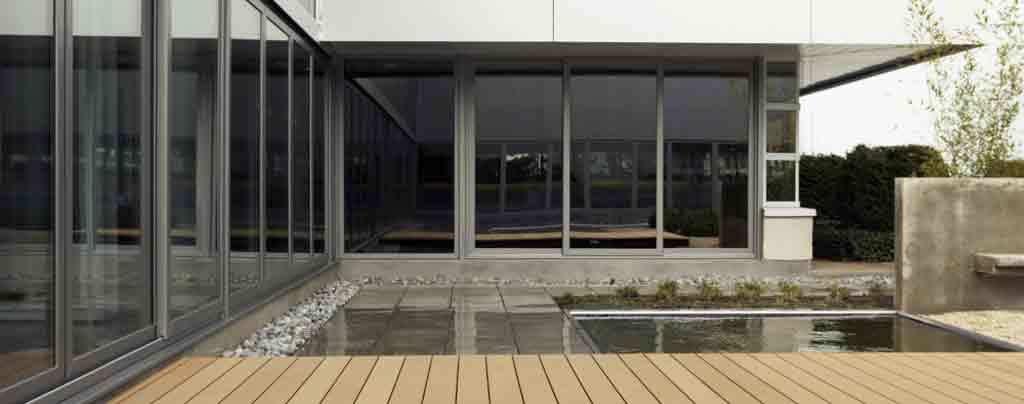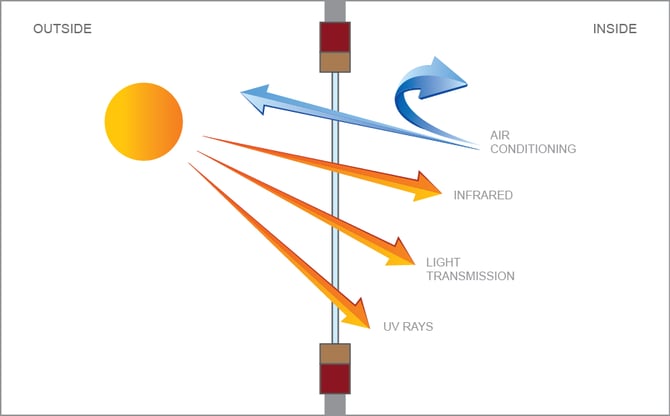All Categories
Featured
Table of Contents
What Are Double Glazed Windows? - Build in Leda Perth
That window can transfer more solar heat in winter than in summer season. A west-facing window on a summer season's afternoon has an angle of occurrence from near 0 approximately 30 with a big reliable location of solar radiation. A north-facing window, in summer, has a high angle of incidence and a low reliable location of solar radiation, so can transfer less heat than a west-facing one.

But you can rapidly and quickly enhance the thermal efficiency of your house by changing your windows. This is one of the most reliable techniques of renovation to attain enhanced thermal comfort. There are countless types of glass and frames to pick from. Choosing the best ones is essential to enhancing the energy efficiency of your home.
Canberra Window Replacement - Upvc Double Glazed ... in Cooloongu Western Australia
Single glazing with clear glass is not very effective when it comes to heat loss or gain. To improve efficiency, you can utilize single glazing with a more energy-efficient type of glass such as low emissivity (low-e) glass.
Multiple layers can be put together with sealed cavities between each sheet of glass. IGUs typically use better energy performance than single glazing, due to the fact that they transmit less energy. However, the energy efficiency of IGUs also depends upon: the residential or commercial properties of each layer of glass. Different glass types (for example, clear and low-e glass) can be assembled in an IGU.
Which Type Of Glass Is Best For Energy Efficiency? - A&l Windows in Como Perth

IGU cavities can be filled with air or a more inert, low-conductivity gas such as argon the width of the cavity. Broader cavities supply lower (better) U worths, with 12mm typically accepted as the preferred space how well the cavity is sealed.
If argon is installed to the cavity in location of air, moisture is dependably omitted the level of desiccant (drying representative). The spacer (metal or polymer strip) that separates the glass layers includes a desiccant to take in any moisture. Inadequate desiccant may trigger wetness to condense on the glass surface in cold conditions, decreasing thermal efficiency.
Double Glazed Windows & Doors Melbourne & Sydney in Highgate Western Australia
IGUs can provide better energy efficiency for all environments, specifically in heated and air-conditioned homes. Cross-section detail of single, double and triple-glazing systems Low emissivity glass (frequently called low-e glass) minimizes heat transfer. Low-e glass may be either high or low transmission: High transmission low-e glass has a finishing that permits daytime from the sun to pass into your home to attain great solar heat gain, but lowers the quantity of the long wavelength infrared heat that can escape back through the window.
Low-e glass has either a pyrolytic coating or a vacuum-deposited thin film metal coating. Pyrolytic coatings are resilient and can be used for any glazing; vacuum-deposited finishes are soft and are just used within IGUs. Low-e coatings can significantly enhance both U value and SHGC; nevertheless, they need to be used properly or they will either deteriorate or fail to perform as needed.
Which Type Of Glass Is Best For Energy Efficiency? - A&l Windows in Edgewater Perth
Low-e coatings can be utilized in combination with clear, toned or reflective glass. Low-e coatings on glazing can decrease heat transfer where required Picture: Department of Market, Science, Energy and Resources Toned glass has colouring ingredients included throughout manufacture. It is readily available in numerous colours, usually bronze, grey, blue and green.
Latest Posts
Pros And Cons Of Argon Gas In Windows in Ridgewood WA
Does Double Glazing Have A Vacuum? in Shoalwater WA
Double & Triple Glazing Windows In Warwickshire in Perth